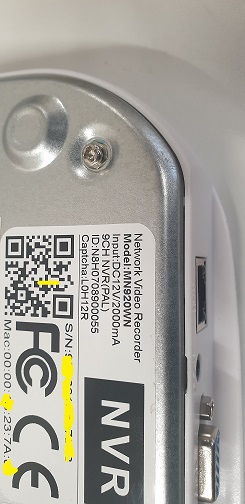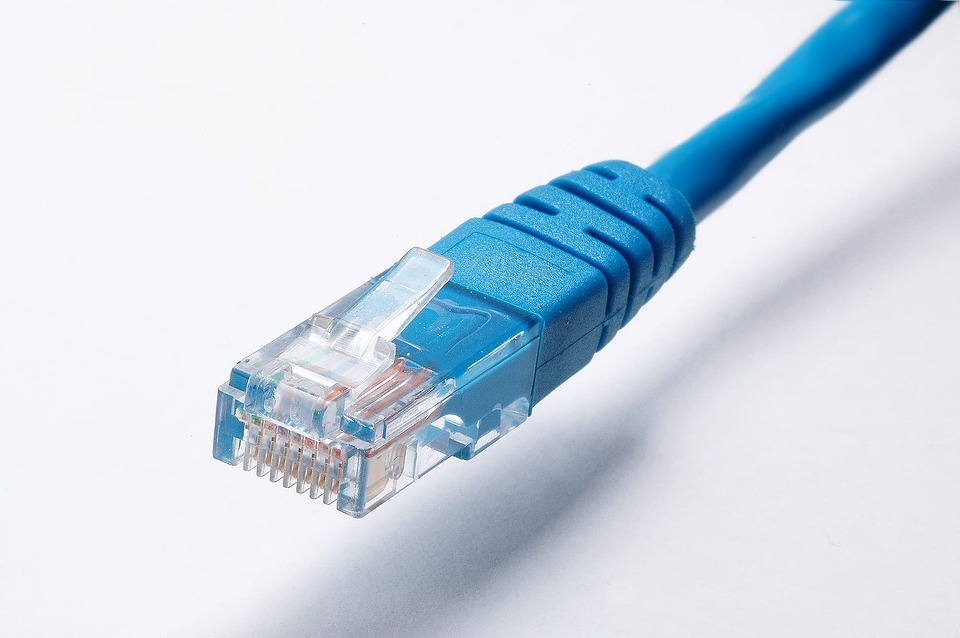How does peer-to-peer (P2P) function in a CCTV application?
Many CCTV manufacturers offer the option of scanning a QR code to connect the system and see it remotely. CCTV installers used to have to open a port in the firewall settings to let data packets pass through. However, not every CCTV installer is well-versed in the workings of a local area network or a firewall. The most recent approach overcomes this problem by making remote viewing as simple as scanning a QR code. Have you ever wondered how it works? The article below explains it in detail.
UDP and TCP are peer-to-peer communication protocols that use two-hole punching techniques.
UDP hole punching
UDP hole punching allows two clients to establish a direct peer-to-peer UDP session with the help of a well-known rendezvous server, even if they are both behind NATs and used by several proprietary protocols, including those for online gaming and CCTV P2P.

TCP hole punching
Although TCP hole punching is similar to UDP hole punching, setting up peer-to-peer TCP connections between hosts behind NATs is a little more complicated than setting up UDP connections. TCP hole punching is equally as fast and reliable as UDP hole punching when the NATs involved support it. Because, unlike UDP, the TCP protocol’s state machine allows NATs on the path as a standard mechanism to determine the precise duration of a given TCP session, peer-to-peer TCP communication across well-behaved NATs may be more robust than UDP communication.
Many CCTV systems use UDP hole punching since not every NAT server supports TCP hole punching. Because they use UDP, they face several difficulties, such as unreliable connectivity, data security, and reading the connection duration, which can be challenging with UDP hole punching.

